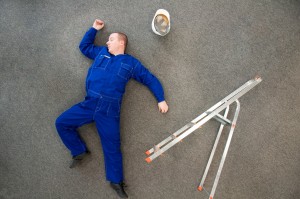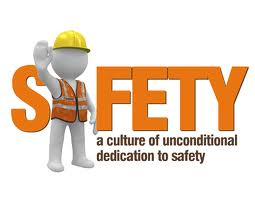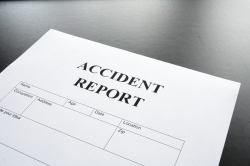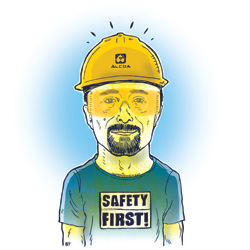 When adopting best practices in Workers’ Compensation (WC) claims management, even simply identifying where to start can be intimidating for employers if they rely solely on their claims administrator. To achieve best outcomes, employers should take an active role in developing internal best practices and align them with a claims administrator who supports the same philosophy.
When adopting best practices in Workers’ Compensation (WC) claims management, even simply identifying where to start can be intimidating for employers if they rely solely on their claims administrator. To achieve best outcomes, employers should take an active role in developing internal best practices and align them with a claims administrator who supports the same philosophy.
The key elements to a successful WC claims-management program will have both pre- and post-injury components. It’s said that “the best WC claim is the one that never happens,” therefore, the first step is avoiding claims through safety and health programs. The second is mitigating costs once a claim occurs.
With medical expenses accounting for more than 60 percent of a WC claim, injury strategies must address this cost driver through programs that keep employees healthy.
via Analysis: Best Practices for Monitoring Property, Casualty and WC Claims | PropertyCasualty360.
 Back injuries have a bad reputation. “The workman looks upon them with apprehension, the insurance company with doubt, the medical examiner with suspicion, the lawyer with uncertainty, and the court with as open a mind as is possible under the circumstances….”
Back injuries have a bad reputation. “The workman looks upon them with apprehension, the insurance company with doubt, the medical examiner with suspicion, the lawyer with uncertainty, and the court with as open a mind as is possible under the circumstances….”








